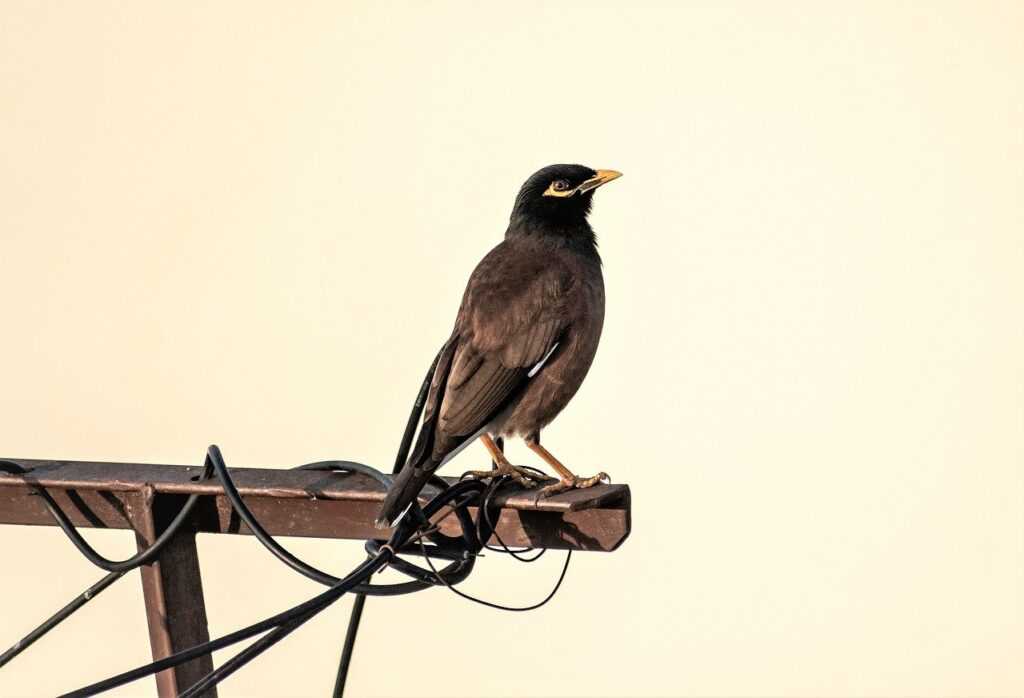Introduction
The Teridactly, a prehistoric flying reptile, has captured the imagination of both scientists and the general public for decades. With its impressive wingspan and unique anatomy, this ancient creature has left a lasting impression on our understanding of prehistoric life. In this article, we will delve into the fascinating world of the Teridactly, exploring its characteristics, habitat, and significance in the study of paleontology.
Discovery and Naming
The first remains of the Teridactly were discovered in the late 18th century, in what is now known as Germany. The name “Teridactly” is derived from the Greek words “teros” and “daktylos,” meaning “wing finger.” This name is fitting, as the most distinctive feature of the Teridactly is its elongated fourth finger, which supported a membranous wing structure. The scientific name for the Teridactly is Pterodactylus, a genus that includes several species of flying reptiles from the Jurassic period.
Anatomy and Physical Characteristics
The Teridactly was a relatively small flying reptile, with a wingspan ranging from 1 to 3 meters. Its body was light and streamlined, allowing for efficient flight. The most striking feature of the Teridactly was its elongated fourth finger, which supported a membrane of skin that formed the wing. This unique adaptation allowed the Teridactly to soar through the skies with ease, using its wings to glide and catch prey.
Habitat and Behavior
The Teridactly inhabited coastal regions and islands during the Jurassic period, where it would hunt for fish and other small prey. Its lightweight body and efficient wings made it a skilled flyer, capable of diving and turning with precision. The Teridactly is believed to have been a solitary creature, only coming together to mate or rear young. Despite its small size, the Teridactly was a formidable predator, using its sharp beak to catch and devour its prey.
Significance in Paleontology
The Teridactly is an important creature in the study of paleontology, as it provides valuable insights into the evolution of flight in reptiles. By studying the anatomy and behavior of the Teridactly, scientists have been able to better understand how flying reptiles adapted to their environment and developed the ability to fly. The Teridactly also serves as a reminder of the diverse array of species that once inhabited our planet, showcasing the rich history of life on Earth.
Conclusion
In conclusion, the Teridactly is a fascinating prehistoric creature that continues to captivate our imaginations. With its unique anatomy, habitat, and significance in the field of paleontology, the Teridactly offers valuable insights into the world of ancient flying reptiles. By studying this remarkable creature, we can gain a better understanding of the evolution of flight and the diverse array of life that once roamed the Earth.


 William Denovan played a crucial role in shaping the success of Dazzling Holly Moms, contributing his expertise in content strategy and platform development. His ability to create engaging, informative content helped establish the platform as a valuable resource for modern mothers. William's dedication to ensuring the platform consistently delivers high-quality parenting tips, wellness advice, and travel recommendations has been instrumental in its growth. His contributions continue to enhance the experience for moms seeking guidance and inspiration on their parenting journey.
William Denovan played a crucial role in shaping the success of Dazzling Holly Moms, contributing his expertise in content strategy and platform development. His ability to create engaging, informative content helped establish the platform as a valuable resource for modern mothers. William's dedication to ensuring the platform consistently delivers high-quality parenting tips, wellness advice, and travel recommendations has been instrumental in its growth. His contributions continue to enhance the experience for moms seeking guidance and inspiration on their parenting journey.